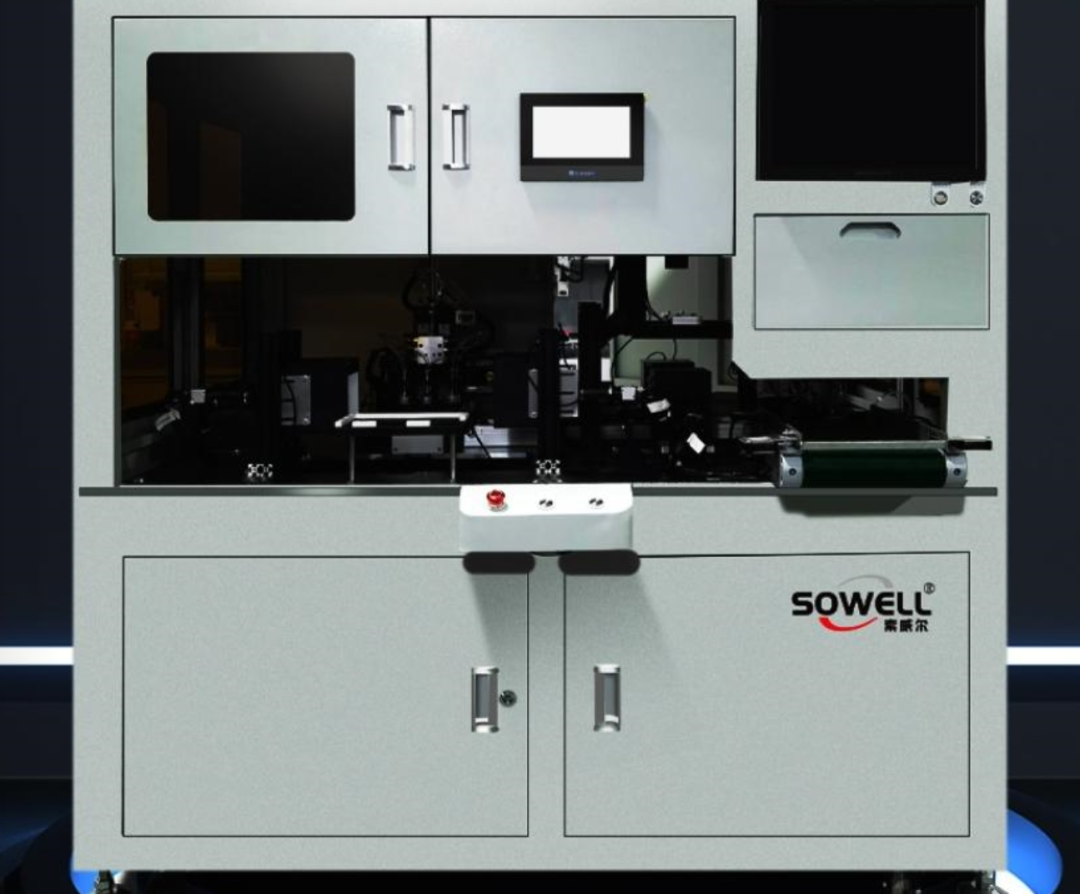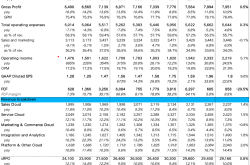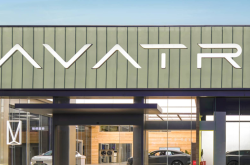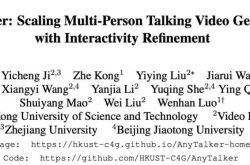Shenzhen's Secret Giant: Annual Revenue Soars to $266 Million, Leading Globally
![]() 03/05 2025
03/05 2025
![]() 859
859

Author: Pencil Road | Hai Youmeng
In the heart of Shenzhen's Nanshan District, within the Guanlan Auto Body & Paint Center, a robotic arm equipped with a 3D vision system meticulously scans a car body's curved surface with a precision of 0.01mm. This seamless process encompasses paint inspection, path planning, and multi-layer spraying. This 'Precision Vision AI Spraying Robot', which has left German engineers in awe, hails from an unassuming enterprise in Nanshan District – Soville Technology.
Seventeen years ago, as Zhu Yue toiled over license plate recognition algorithms in Shenzhen Polytechnic's lab, he couldn't have foreseen that those sleepless nights of coding would eventually unlock the vast potential of machine vision.
From the ETC systems of smart parking lots to the nine-axis linkage spraying robot that broke the foreign monopoly, this engineering-background founder has executed a remarkable 'multi-tier leap' in the machine vision realm: in 2019, he secured a RMB100 million order from the Taiyuan Municipal Government with his ultra-low-light face recognition technology; in 2022, he unveiled the nine-axis linkage spraying robot; and in 2024, he launched the world's first 'Precision Vision AI Spraying Robot', liberating workers from toxic work environments.
Recently, Soville filed for an IPO in the US. Let's delve into the new market opportunities this 'hidden giant' specializing in 'AI machine vision' is revealing.
- 01 -
Soville's founder, Mr. Zhu Yue, embarked on his entrepreneurial journey in 2007. While engaged in machine vision research at Shenzhen Polytechnic, he decided to leave academia and start his own business, dedicated to technological implementation.
In the nascent stages of his venture, the company focused on developing algorithms for license plate recognition systems, applying them to smart parking (ETC) and intelligent transportation scenarios. Despite its seeming simplicity, this technology required overcoming complex algorithm challenges like dynamic capture.
A notable milestone was the development of an ETC system applicable to smart parking scenarios.
In 2019, Soville reached a pivotal turning point. Its AI neural network algorithm achieved a breakthrough in face recognition under ultra-low-light conditions, securing a RMB100 million order from the Taiyuan Municipal Government.
An even greater breakthrough came in 2022. In collaboration with Harbin Institute of Technology Robotics, Soville introduced the nine-axis linkage spraying robot – equipped with a six-axis robotic arm and autonomous path planning algorithm, it integrated machine vision and spraying technology for the first time, breaking the foreign monopoly in the automotive coating industry.
This experience illuminated the potential of the automotive aftermarket for Zhu Yue.
Subsequently, in November of last year, at Tonglihua Group's Guanlan Auto Body & Paint Center (one of China's largest), Soville launched the world's first 'Precision Vision AI Spraying Robot'. After three years of R&D, this product accurately identifies paint color discrepancies, orange peel defects, and other imperfections, enhancing spraying efficiency and safeguarding workers from toxic environments.
- 02 -
Today, Soville's core business revolves around AI machine vision solutions (software and hardware integrated), with an active expansion into the realm of intelligent spraying robots.
Specifically, its products are categorized into four segments: 1) industrial machine vision equipment, such as automatic inspection systems on factory production lines; 2) AI products, including face recognition systems and behavior analysis software; 3) intelligent weak current systems for building intelligence and traffic management, like smart parking systems; and 4) electronic customs clearance equipment for rapid customs clearance at customs or in logistics.
Among these, the product with the highest revenue share is 'electronics', primarily encompassing hardware like industrial machine vision equipment and AI spraying robots.
Data reveals that electronics revenue stood at $478,200 in fiscal year 2022, accounting for 50% of total revenue; it soared to $10,617,800 in fiscal year 2023, representing 81%; and it grew to $13,577,200 in the first half of 2024, maintaining an 81% share.
Soville boasts a high concentration of large customers, primarily in technology enterprises, educational institutions, and factories. According to the prospectus, the combined revenue share of the top five customers in fiscal year 2023 (ending March 31, 2023) reached 66.8%.
- 03 -
Soville operates in the rapidly evolving machine vision industry, characterized by deepening technological applications and the release of technological dividends.
In terms of market size, data from GGII (Gaogong Robot Industry Institute) indicates that the Chinese market size reached RMB18.512 billion in 2023 (excluding automated integration equipment).
Local brands have emerged as a formidable force in the market. In 2023, their market share surged to 63%, a significant increase from 40% in 2018.
From a competitive standpoint, the industry displays a multi-tiered structure. The first tier comprises companies like Hikvision Robotics and Lumix, which possess technological advantages in core areas such as light sources, industrial cameras, and image processing; the second tier achieves breakthroughs through vertical field innovation; and the third tier fills market gaps with agility.
Furthermore, the regional cluster effect is pronounced. In the 2023 list of top 20 industrial machine vision leaders, companies from Shenzhen and the Yangtze River Delta region accounted for over 60%.
Data demonstrates that, owing to the lifting of pandemic restrictions and market recovery, Soville has witnessed rapid revenue growth in recent years.
In 2023 and 2024, Soville's revenues amounted to $13.07 million and $36.6 million (approximately RMB266 million), respectively, with corresponding net profits of $1.61 million and $2.82 million.
- 04 -
Despite the fierce competition within the machine vision industry, ample growth opportunities persist.
Technological advancements serve as a crucial factor in market expansion. Breakthroughs in 3D vision perception technology are emerging as a core driver, accelerating the application of 3D vision in industrial quality inspection, autonomous driving, humanoid robots, and other domains. This technology, through high-precision 3D spatial modeling and enhanced dynamic perception capabilities, is sparking waves of innovation in key areas, propelling the industry from 'passive detection' to 'active optimization'.
Moreover, new application scenarios continue to emerge. Machine vision is no longer confined to traditional industrial inspection but is gradually expanding into high-end fields such as healthcare, agriculture, and semiconductors.
According to GGII data, the Chinese machine vision market size is projected to continue growing, with a potential breakthrough of RMB20 billion in 2024, representing a year-on-year growth rate of nearly 12%. The market size may further expand in 2025.
The content of this article is for reference only and does not constitute investment advice. This article also references relevant content from US listing preparations, Tonghuashun executive resumes, Sohu News, and Zhitong Finance APP, to whom we express our gratitude. Images are sourced from WeChat.







